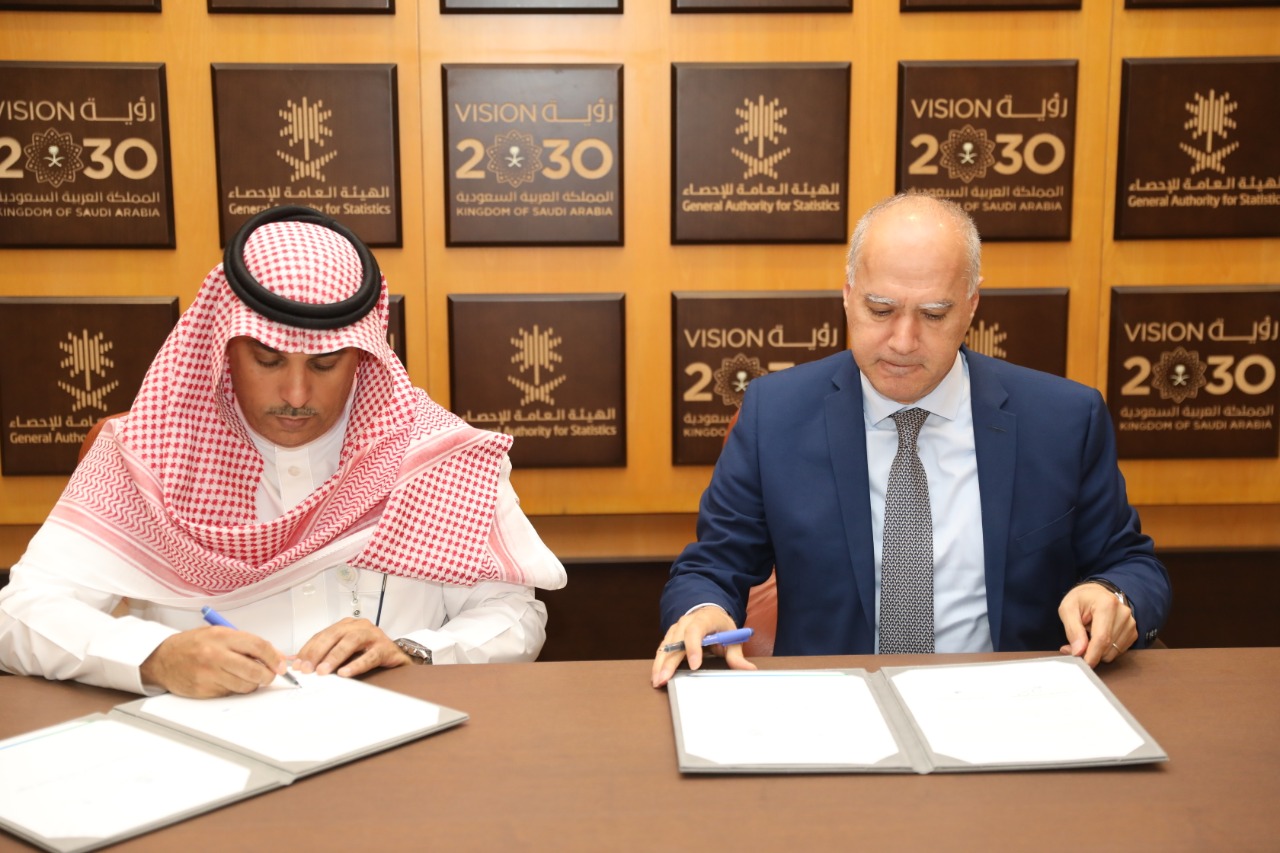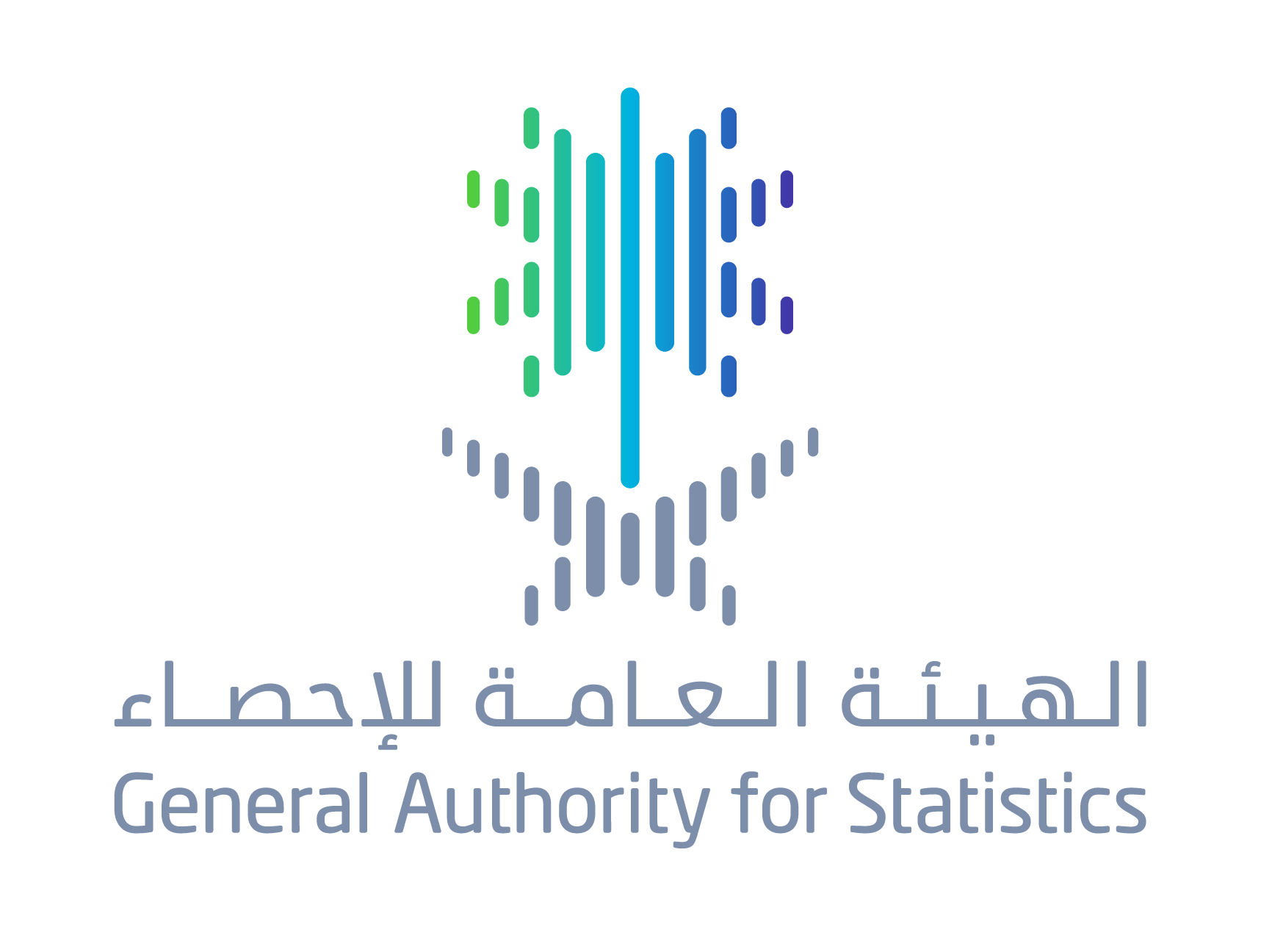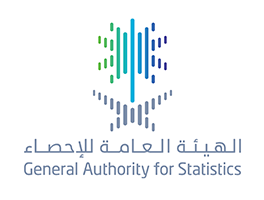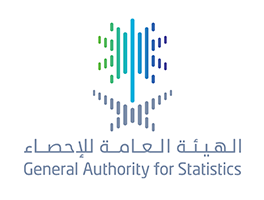Official government website of the Government of the Kingdom of Saudi Arabia
Links to official Saudi websites end withgov.sa
All links to official websites of government agencies in the Kingdom ofSaudi Arabia end with .gov.sa
Government websites use theHTTPSprotocol for encryption and security.
Secure websites in the Kingdom of Saudi Arabia use the HTTPS protocolfor encryption.
General Authority for Statistics: Over 95 million Hajj pilgrims hosted and served by KSA over the last 50 years
07-08-2019
GaStat: The Kingdom has tasked 38,000 employees with transport, mail, shipping, and logistics services for Hajj pilgrims.
07-08-2019
Authority for Statistics: Follow-up and field supervision on Hajj health services is one of the five key services offered to Hajj pilgrims. It includes over 33 basic services delivered by more than 6,000 supervisor and monitor
07-08-2019
GaStat: Over 30,000 employees are ready to provide health services for pilgrims, with 16 hospitals in Mecca and the Holy Sites, 125 health centers, and 132 ambulance centers
06-08-2019
GASTAT releases the results of the Agricultural Holdings Survey for 2018
04-08-2019

“GASTAT” & World Bank: Our collaboration Supports Government Entities in the Exchange of Statistical Data and highlighting their efforts at the international level
02-08-2019

GASTAT Releases Results of Household Health Survey, 2018
28-07-2019

GASTAT: releases Consumer Price Index(CPI) Monthly Report for June,2019
28-07-2019

GASTAT Releases Results of Household’ Culture and Entertainment Survey for 2018
28-07-2019
General Authority for Statistics: Over 95 million Hajj pilgrims hosted and served by KSA over the last 50 years
07-08-2019
GaStat: The Kingdom has tasked 38,000 employees with transport, mail, shipping, and logistics services for Hajj pilgrims.
07-08-2019
Authority for Statistics: Follow-up and field supervision on Hajj health services is one of the five key services offered to Hajj pilgrims. It includes over 33 basic services delivered by more than 6,000 supervisor and monitor
07-08-2019
GaStat: Over 30,000 employees are ready to provide health services for pilgrims, with 16 hospitals in Mecca and the Holy Sites, 125 health centers, and 132 ambulance centers
06-08-2019
GASTAT releases the results of the Agricultural Holdings Survey for 2018
04-08-2019

“GASTAT” & World Bank: Our collaboration Supports Government Entities in the Exchange of Statistical Data and highlighting their efforts at the international level
02-08-2019

GASTAT Releases Results of Household Health Survey, 2018
28-07-2019

GASTAT: releases Consumer Price Index(CPI) Monthly Report for June,2019
28-07-2019

GASTAT Releases Results of Household’ Culture and Entertainment Survey for 2018
28-07-2019